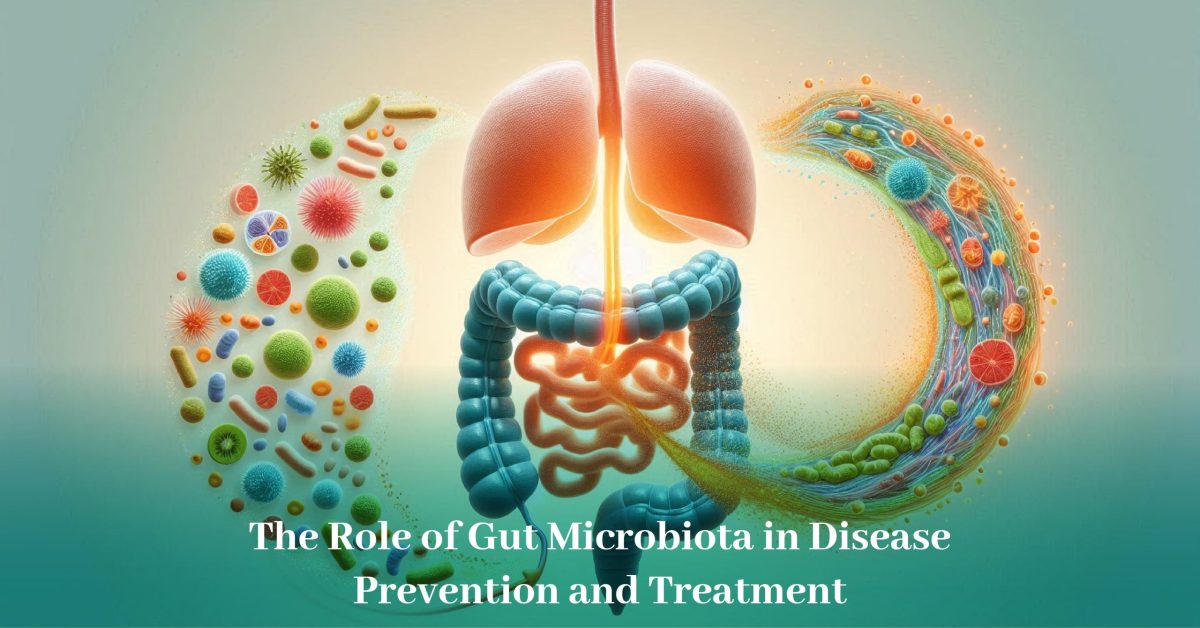The human gut microbiota constitutes one of the most complex communities, holding trillions of microorganisms that live mainly in the intestines. Its primary purpose is to maintain health and prevent diseases. For decades, discoveries in microbiome research have revealed how subtly entwined the microbiota is with other bodily functions such as metabolism, regulation of the immune system, and production of vital vitamins. Such broken alterations in these subtle balances, termed “dysbiosis,” may result in several chronic diseases, including inflammatory bowel diseases, obesity, diabetes, and mental health disorders, for example. With further research into gut microbiota, the potential use of its implications for preventing and treating a wide range of diseases through diet-related interventions, probiotics, and fecal transplants becomes increasingly apparent. This article will focus on the role that the microbiota of the gut plays in disease prevention and treatment, with a light on its development and use in modern healthcare.
Composition and Functions of Gut Microbiota
There are over 1,000 species of bacteria within the human gut, along with viruses, fungi, and archaea. All of these co-evolved with humans and play significant roles in general health. Their primary function involves the breakdown and fermentation of complex carbohydrates, which the human body is unable to break down. The body breaks them down into SCFAs, which include butyrate, propionate, and acetate. SCFAs have multiple functions-that is, they serve as the prime fuel source to cells lining the wall of the colon they also maintain gut integrity, reduce inflammation, and modulate immune responses.
In addition, gut microorganisms are involved in the synthesis of vitamins of key importance: vitamin K and some of the B vitamins, including folate, biotin, and riboflavin, important in a variety of critical cellular metabolic processes, blood clotting, and DNA synthesis. The drugs’ metabolism also depends on the activity of gut bacteria; hence, it determines the efficacy or toxicity of the drugs administered. A balance and composition of gut microbiota are necessary for allowing normal physiological processes to take place.
